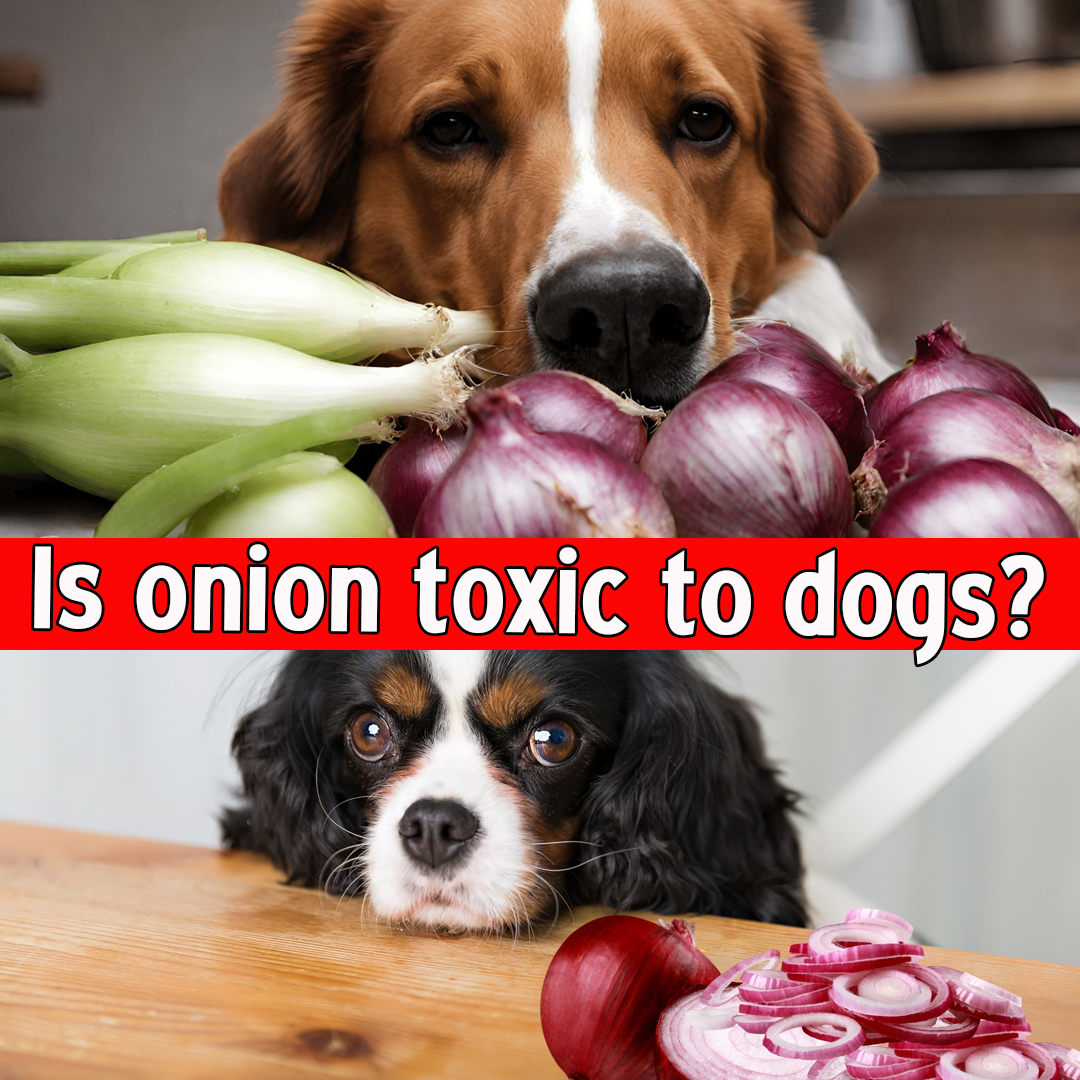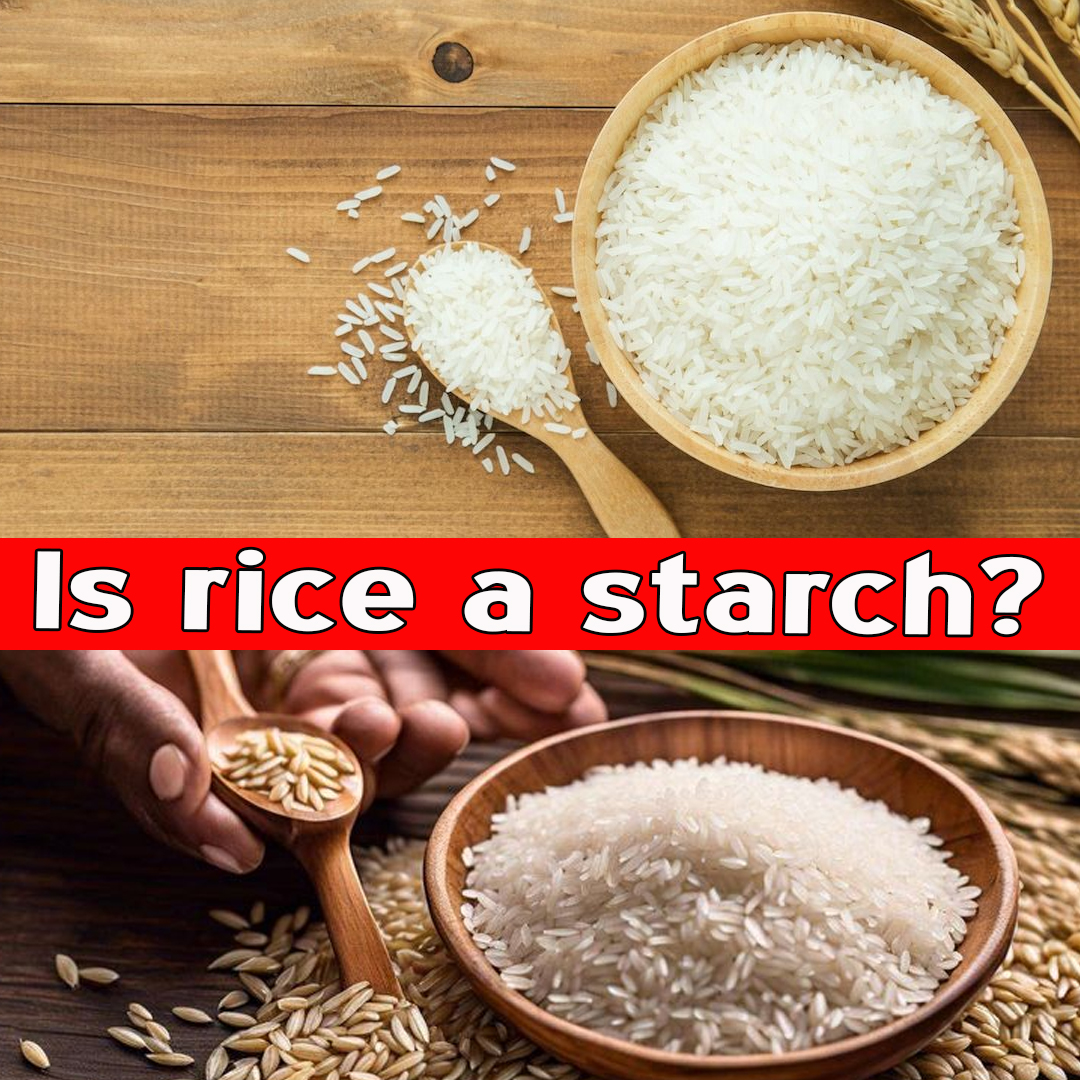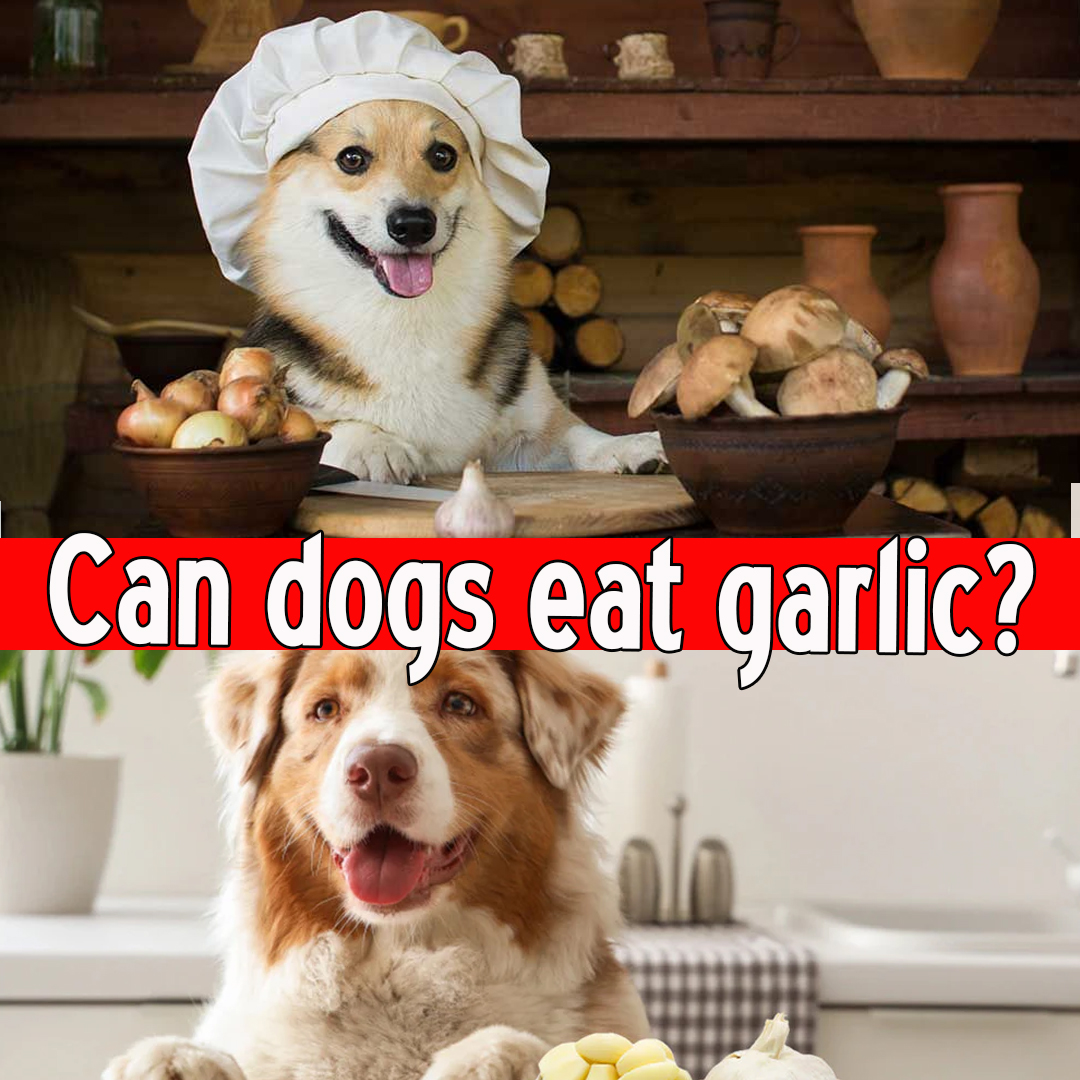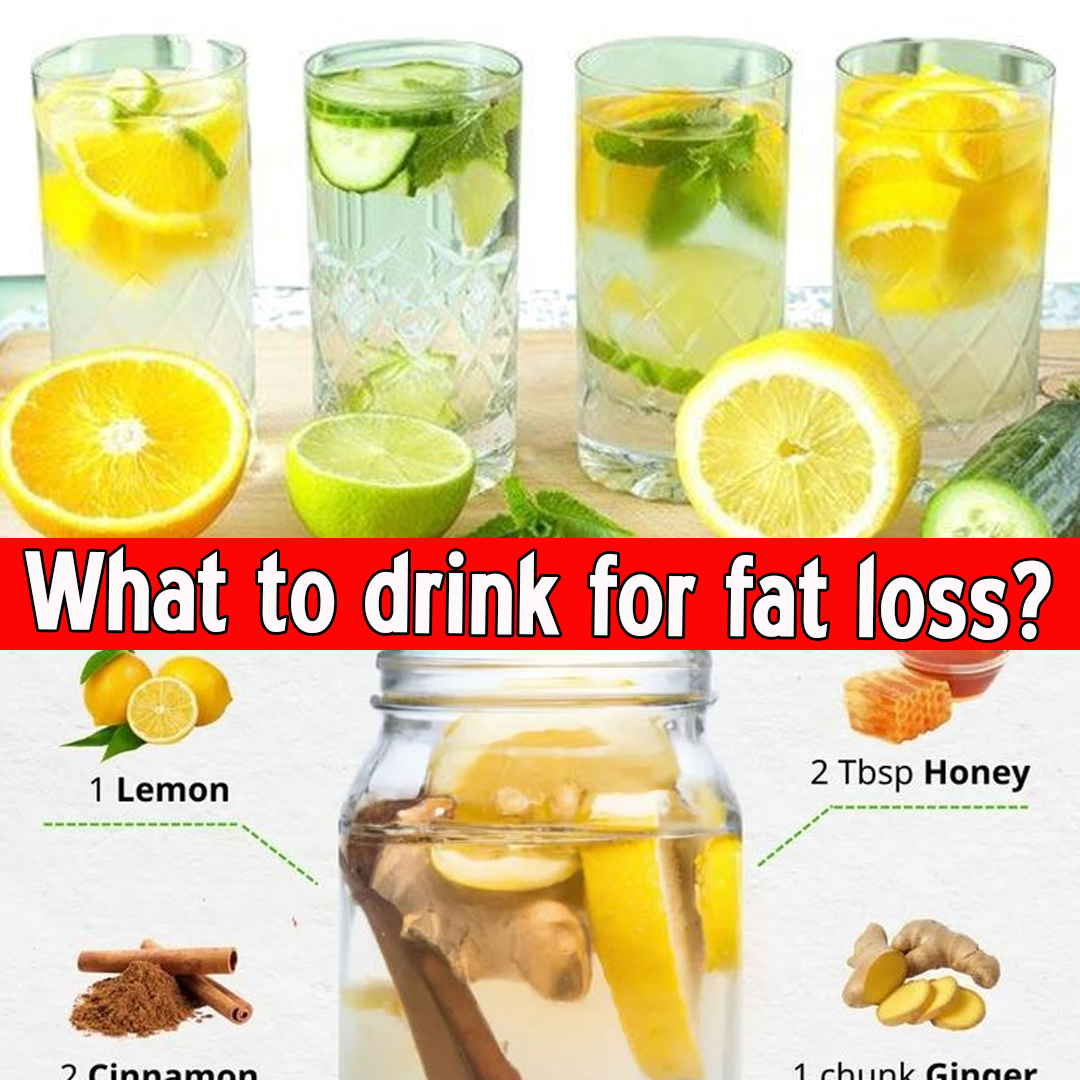Is Onion Toxic to Dogs?

Is onion toxic to dogs?
Introduction
Dogs are not just pets; they are cherished family members. As responsible pet parents, we often feel tempted to share bits of our food with them, especially from the kitchen or dinner table. However, not everything that is safe for humans is safe for dogs. Among the most dangerous foods in this context is onion.
1. Why Are Onions Toxic to Dogs?
Onions contain compounds known as organosulfoxides, especially n-propyl disulfide, which are harmless to humans but toxic to dogs. These compounds damage red blood cells, leading to a condition called hemolytic anemia.
Key Toxin: N-propyl disulfide
- This compound binds to red blood cells in dogs and oxidizes hemoglobin, causing red blood cells to rupture prematurely.
- As the red blood cells are destroyed faster than they can be replaced, the dog can develop anemia.
Affected Foods
Toxic compounds are present in:
- Raw onions
- Cooked onions
- Dried onions
- Onion powder (more concentrated)
- Onion soup mix
- Foods cooked with onion (gravy, curry, pizza, baby food, etc.)
Even garlic, chives, and leeks, all part of the Allium family, have similar toxic effects.
2. How Much Onion is Dangerous to a Dog?
The toxicity of onion depends on the amount consumed relative to the dog’s weight. The rule of thumb is:
15 to 30 grams of onion per kilogram of a dog’s body weight can cause toxic effects.
That means:
- A small 5 kg dog may show signs of poisoning after eating just 75 grams of onion (about half a small onion).
- A 20 kg dog may start showing symptoms after 300 grams, but even less can cause harm.
Onion Powder Is Worse
- 1 teaspoon of onion powder = ~10 grams of raw onion.
- It is heavily concentrated and used in many processed foods like:
- Instant soups
- Seasoned meats
- Baby food
- Chips or crackers
Even trace amounts over time (chronic exposure) can lead to cumulative toxicity.
3. Symptoms of Onion Poisoning in Dogs
Symptoms usually appear within 1 to 5 days after ingestion, depending on the dose.
| Read more – What is E100? |
Early Symptoms (Within Hours to 1 Day)
- Vomiting
- Diarrhea
- Drooling
- Stomach pain
- Loss of appetite
- Lethargy
Progressing Symptoms (2–5 Days)
- Pale or bluish gums
- Rapid heart rate
- Breathing difficulties
- Weakness and collapse
- Dark reddish-brown urine (due to hemoglobin breakdown)
- Jaundice (yellowing of skin or eyes)
These symptoms indicate oxidative damage to red blood cells, leading to Heinz body anemia, a hallmark of onion poisoning.
4. Diagnosis of Onion Toxicity
If a dog shows symptoms and has known or suspected access to onions or onion-flavored foods, a vet will proceed with:
a. Blood Tests
- Complete Blood Count (CBC): To detect low red blood cell count, presence of Heinz bodies.
- Reticulocyte count: Indicates if bone marrow is producing new red cells.
- Methemoglobin levels: High levels impair oxygen delivery.
b. Urinalysis
- Detects presence of hemoglobin in the urine (hemoglobinuria), which is a sign of red blood cell destruction.
c. History and Clinical Signs
- Owners should report what the dog ate, when, and how much.
- Pictures of packaging or food labels can help if onion content is unclear.
5. Treatment of Onion Poisoning
If you suspect your dog has eaten onion, call a veterinarian immediately. The quicker the response, the better the outcome.
a. Immediate Action at Home (Only if Recommended by a Vet)
- Inducing vomiting (within 1–2 hours) if the ingestion is recent.
- Activated charcoal may be used to prevent further absorption.
⚠️ Never induce vomiting or administer remedies without professional advice.
b. Veterinary Treatment
- Hospitalization and IV fluids: To maintain hydration and support kidney function.
- Oxygen therapy: If anemia has led to hypoxia (low oxygen levels).
- Blood transfusion: In severe cases where red blood cell loss is life-threatening.
- Monitoring for days: Dogs need ongoing blood tests to track recovery.
6. Recovery and Prognosis
Mild Cases
- Dogs may recover within a few days with supportive care.
- No long-term effects if treated early.
Moderate to Severe Cases
- May require hospitalization for 3–7 days.
- Blood transfusions and round-the-clock monitoring.
- Full recovery can take 1–2 weeks.
Prognosis
- Good to excellent if treated early.
- Guarded to poor if anemia is severe and treatment is delayed.
7. Breeds More Susceptible
Some dog breeds are more vulnerable due to inherited red blood cell sensitivities, including:
- Akitas
- Shiba Inus
- Japanese Chin
- Basenjis
These breeds have unique hemoglobin structures that make them more prone to oxidative damage caused by onion compounds.
8. Can Dogs Eat Small Quantities Occasionally?
No. There is no safe amount of onion for dogs.
Even if your dog seems fine after a small bite of onion-flavored food, toxicity can build up over time, especially with:
- Table scraps
- Baby food
- Onion-flavored broths or gravies
- Regular feeding of seasoned meat
Dogs metabolize compounds differently than humans. What’s harmless to us may be fatal for them.
9. Hidden Sources of Onion in Food
Many commercial or home-cooked dishes contain onion or onion powder:
- Pizza crusts or toppings
- Tomato sauces
- Chicken nuggets
- Hot dogs or sausages
- Mashed potatoes with seasoning
- Burgers or sandwich fillings
- Pre-marinated meats
- Chinese food (like fried rice)
Even leftovers can pose a risk. Always read ingredient lists or keep table scraps away from pets.
10. Onion vs. Garlic: Which Is More Dangerous?
Both belong to the Allium family and are toxic to dogs. However:
- Garlic is 5 times more toxic than onion
- Garlic powder is more concentrated and commonly found in:
- Breadsticks
- Seasoned meat
- Gravy mixes
- Pet jerky treats (if poorly regulated)
The symptoms and treatment for garlic poisoning are similar to onion toxicity.
11. Preventing Onion Toxicity in Dogs
Prevention is the best cure. Here are tips to keep your dog safe:
✅ DO:
- Store onions, garlic, and spices out of reach.
- Educate family members (especially children) not to share food.
- Check food labels before feeding leftovers.
- Train dogs to avoid snatching food from counters.
- Feed only vet-approved treats or home-cooked meals without onion.
❌ DON’T:
- Offer table scraps without checking ingredients.
- Give dogs human baby food (many contain onion or garlic powder).
- Assume “a little bit won’t hurt.”
- Feed cooked bones with meat seasoning or marinade.
12. Myth Busting: Is Onion Good for Parasites in Dogs?
Some old folk remedies falsely claim onion helps in deworming or repelling fleas in dogs. This is a myth. There is no scientific evidence supporting such benefits, and it could lead to severe poisoning.
Use veterinary-prescribed parasite control, not onions or garlic.
13. What If My Dog Eats Onion By Accident?
Immediate Steps:
- Don’t panic, but act quickly.
- Estimate how much was eaten and what form (raw, cooked, powder).
- Call your vet or an emergency animal poison control center.
- Follow their advice – they may instruct you to visit the clinic or monitor at home.
Emergency Hotlines:
- ASPCA Animal Poison Control: +1-888-426-4435
- Pet Poison Helpline: +1-855-764-7661
Conclusion: Onion Is Dangerous for Dogs
Onions, whether raw, cooked, powdered, or dehydrated, are toxic to dogs. Even small amounts can cause severe damage to red blood cells, leading to life-threatening anemia. The best approach is prevention—keep all onion-containing foods out of your dog’s reach and avoid sharing seasoned table food.
If your dog does consume onion, immediate veterinary attention is crucial. With timely treatment, most dogs recover fully, but delay can result in irreversible damage or even death.















Leave a Reply